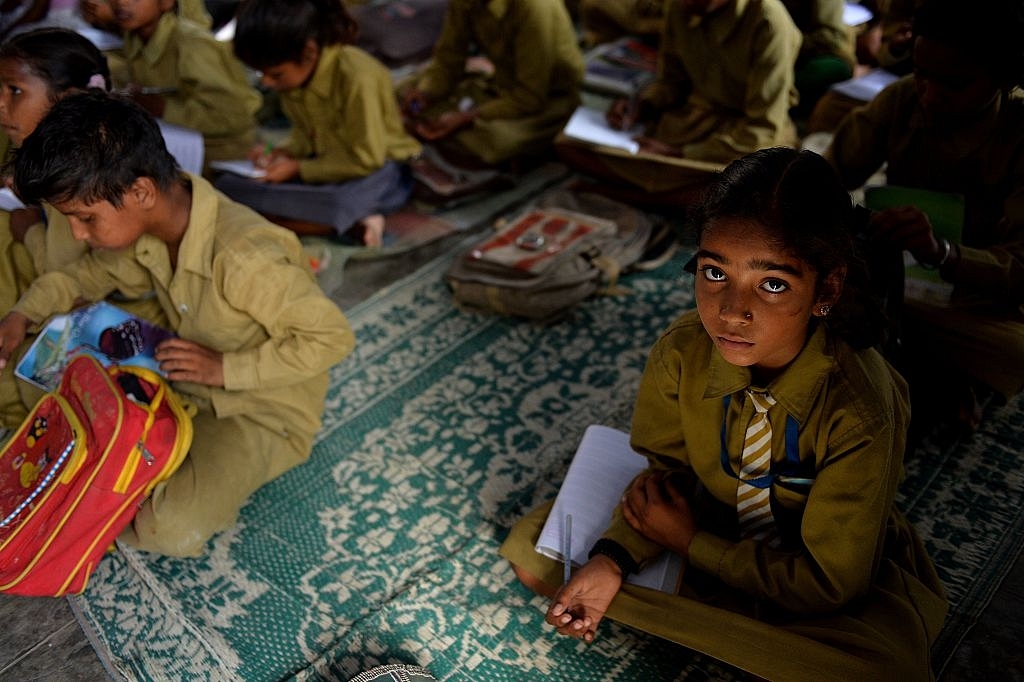Insta
Primary Schools Show Some Progress After 5 Years Of Declining Learning Outcomes

A schoolgirl sits in a classroom. (Chandan Khanna/AFP/GettyImages)
After five years of declining learning outcomes, new survey data show improvements in some basic reading and arithmetic levels in primary school (Grade I to Grade V), even as learning levels in upper primary school (Grade VI to Grade VIII) show a decline.
For information on learning outcomes, the ASER survey interviewed 562,305 children, from 350,232 households, including children who were not enrolled in, or dropped out of, school. The survey, focused on rural areas, included 17,473 villages in 589 districts.
Over 25 per cent of children in Grade III could at least read a Grade II level text in 2016, up from 23.6 per cent in 2014, found the 2016 Annual Status of Education Report (ASER) by Pratham, an education-related nonprofit organistion. The proportion of children in Grade III who could subtract increased from 25.4 per cent in 2014 to 27.7 per cent in 2016. A version of the report is available here.
Improvements have taken place in both government and private schools, with greater improvements in government primary schools, as compared to private schools, in basic reading and arithmetic. In 2016, 19.3 per cent of government school children in Grade III could read a level II text, as compared to 17.2 per cent in the year 2014. In private schools, the proportion of children increased from 37.8 per cent in 2014 to 38 per cent in 2016.
Still, these learning levels are low, and many of India's 259.5 million school children are not learning in school. With persisting low outcomes - for instance, less than half of children in Grades V (49 per cent) and VII (43 per cent) can perform division - it is unlikely that India will be able to completely reap the demographic dividend from its working-age population of 869 million by 2020 - the largest of any country.
With inputs from IANS
Support Swarajya's 50 Ground Reports Project & Sponsor A Story
Every general election Swarajya does a 50 ground reports project.
Aimed only at serious readers and those who appreciate the nuances of political undercurrents, the project provides a sense of India's electoral landscape. As you know, these reports are produced after considerable investment of travel, time and effort on the ground.
This time too we've kicked off the project in style and have covered over 30 constituencies already. If you're someone who appreciates such work and have enjoyed our coverage please consider sponsoring a ground report for just Rs 2999 to Rs 19,999 - it goes a long way in helping us produce more quality reportage.
You can also back this project by becoming a subscriber for as little as Rs 999 - so do click on this links and choose a plan that suits you and back us.
Click below to contribute.
Latest